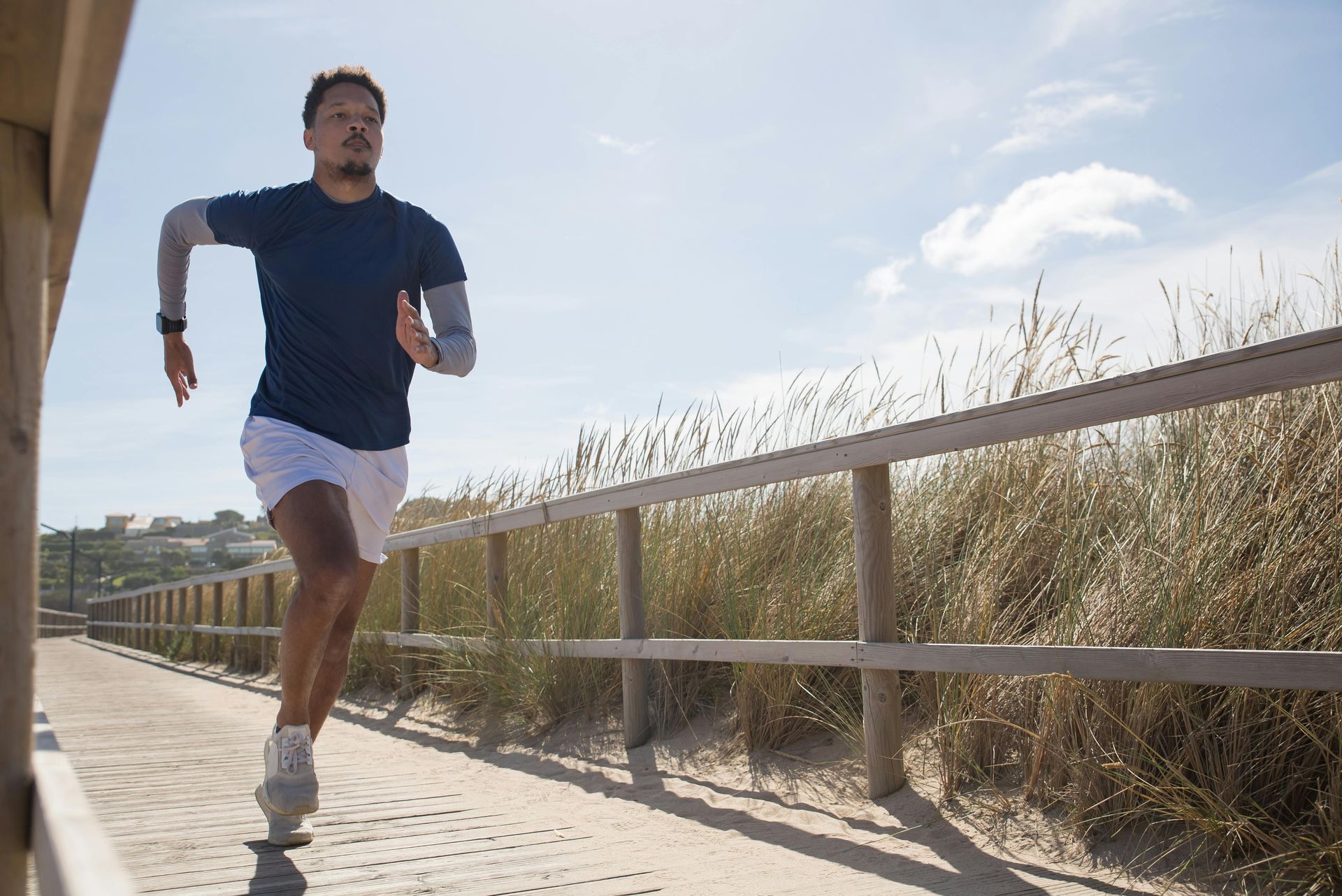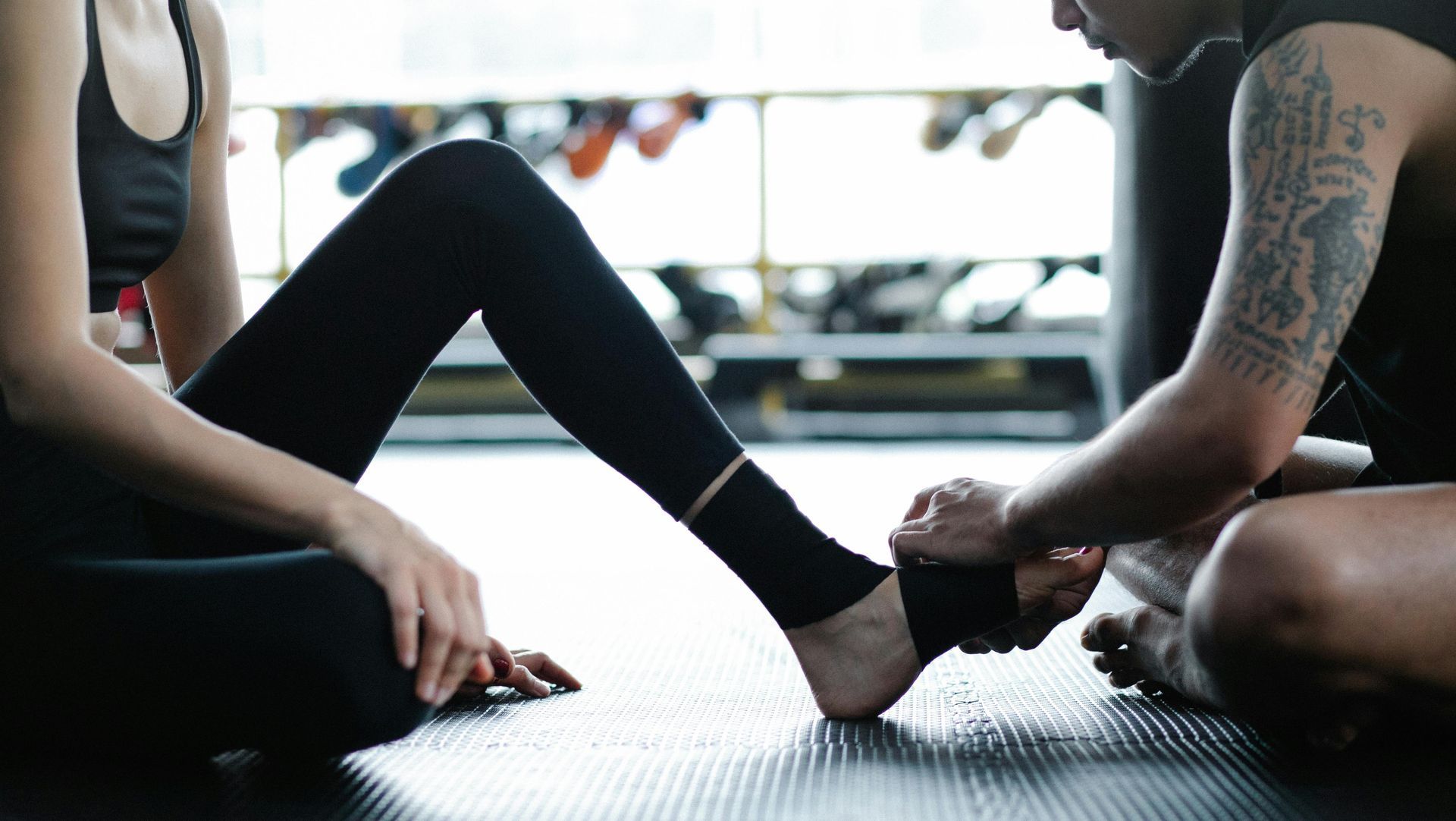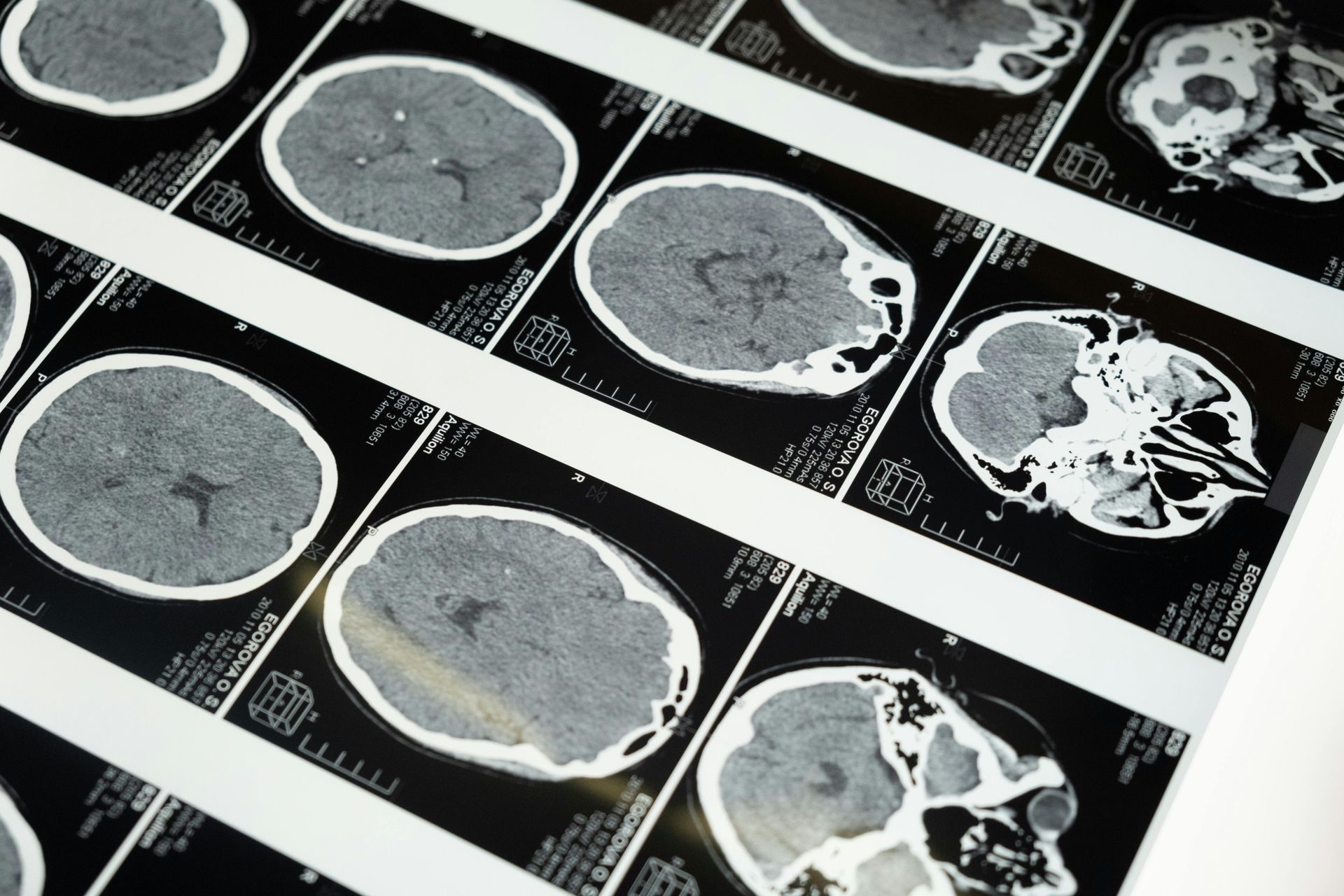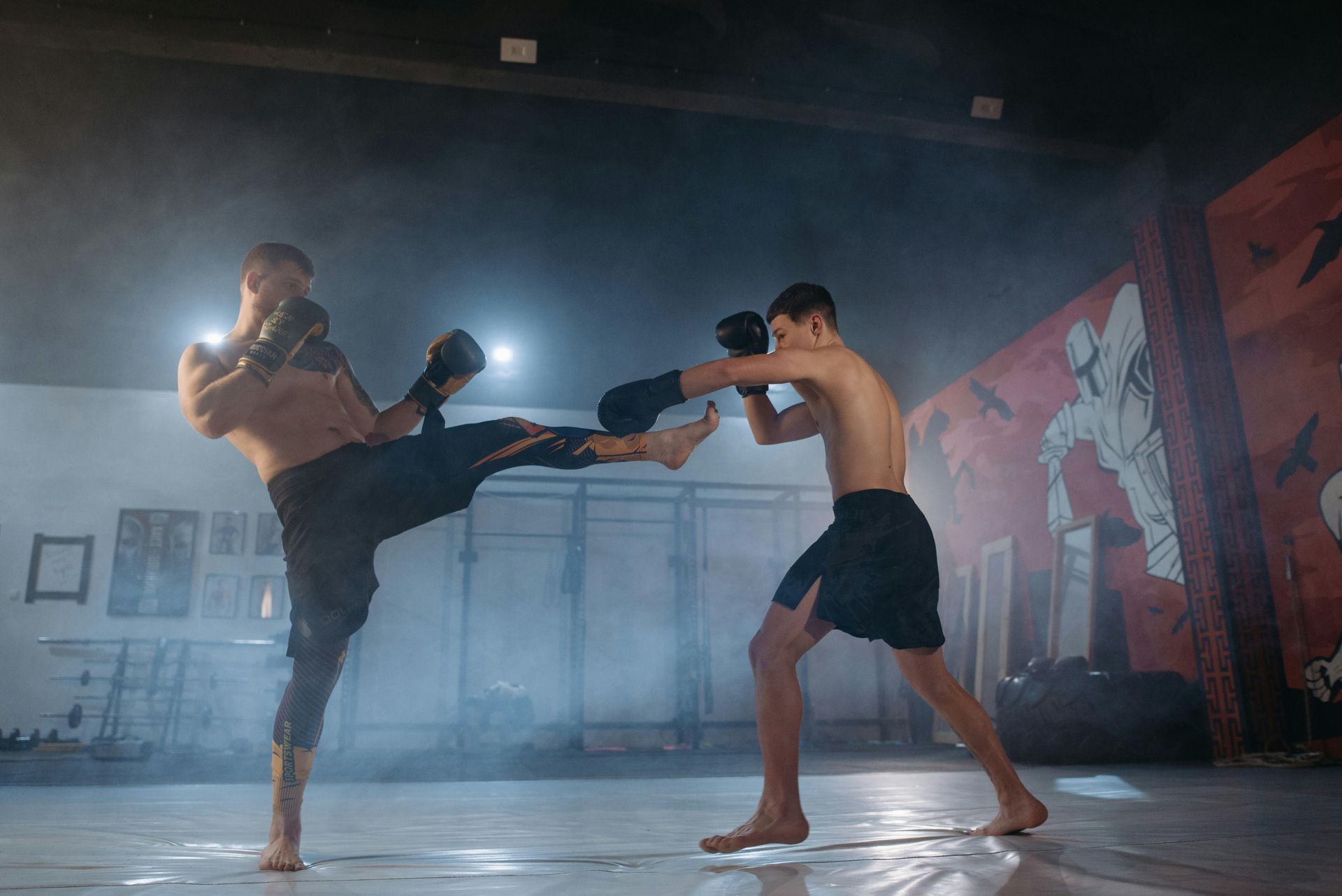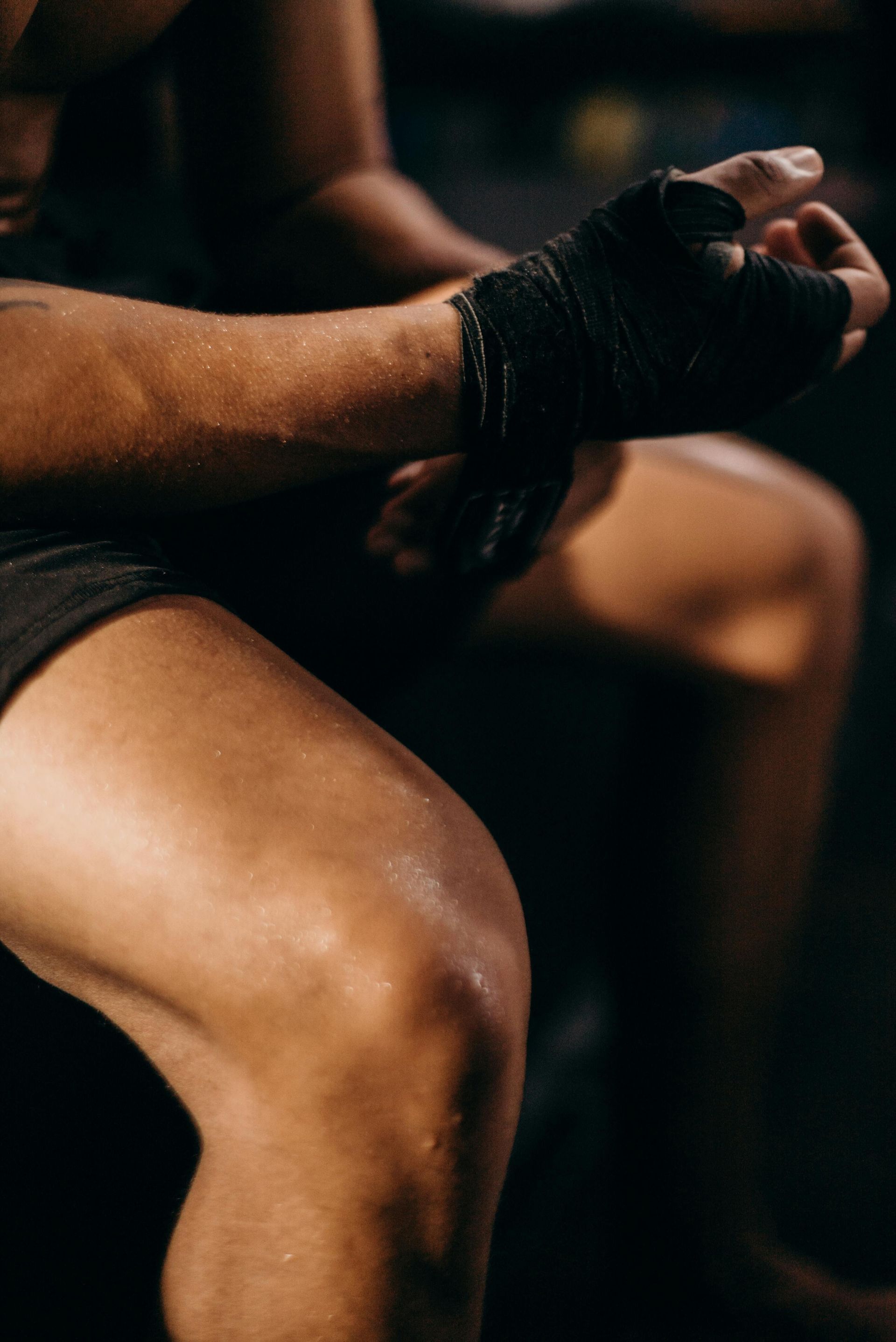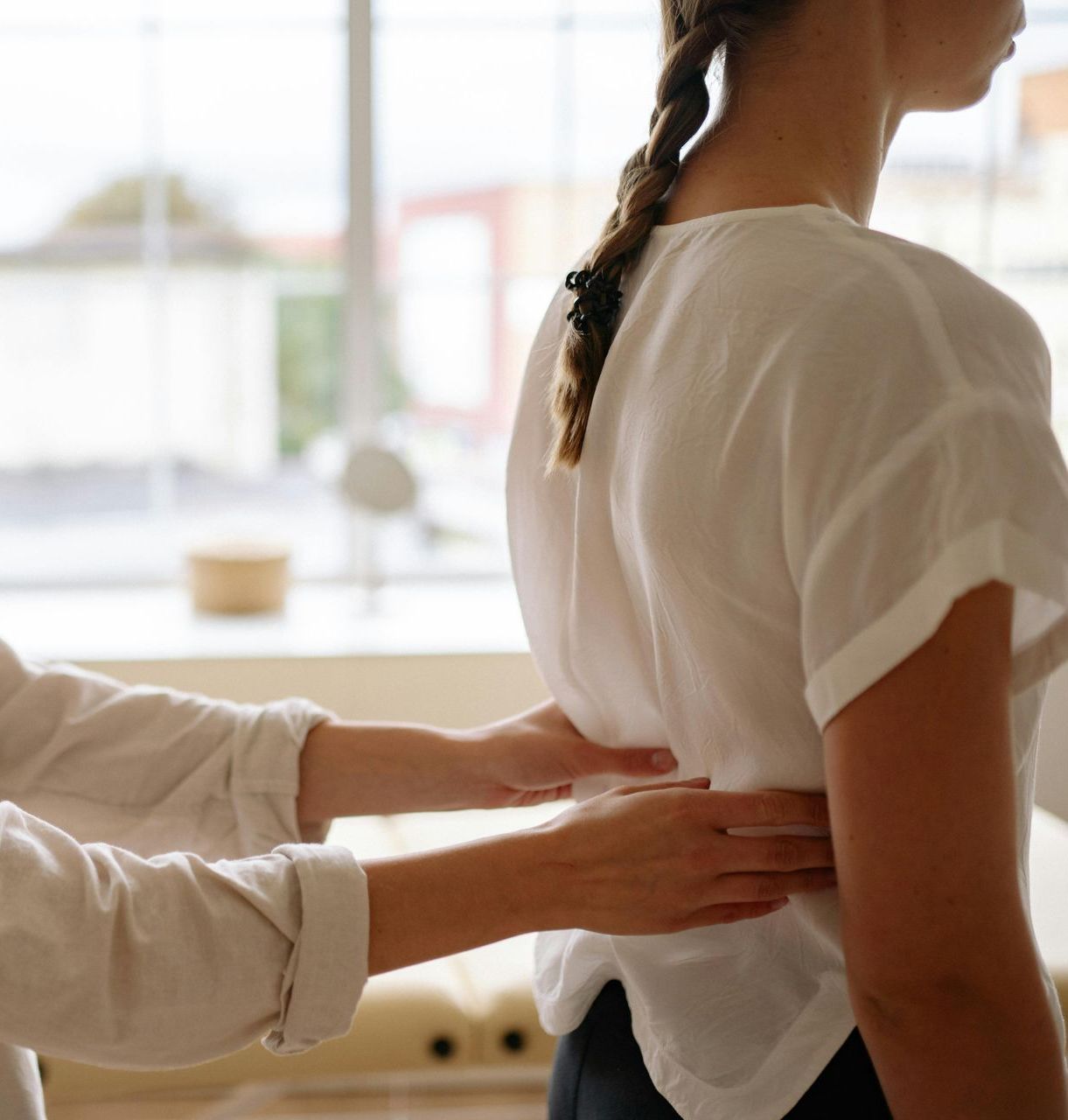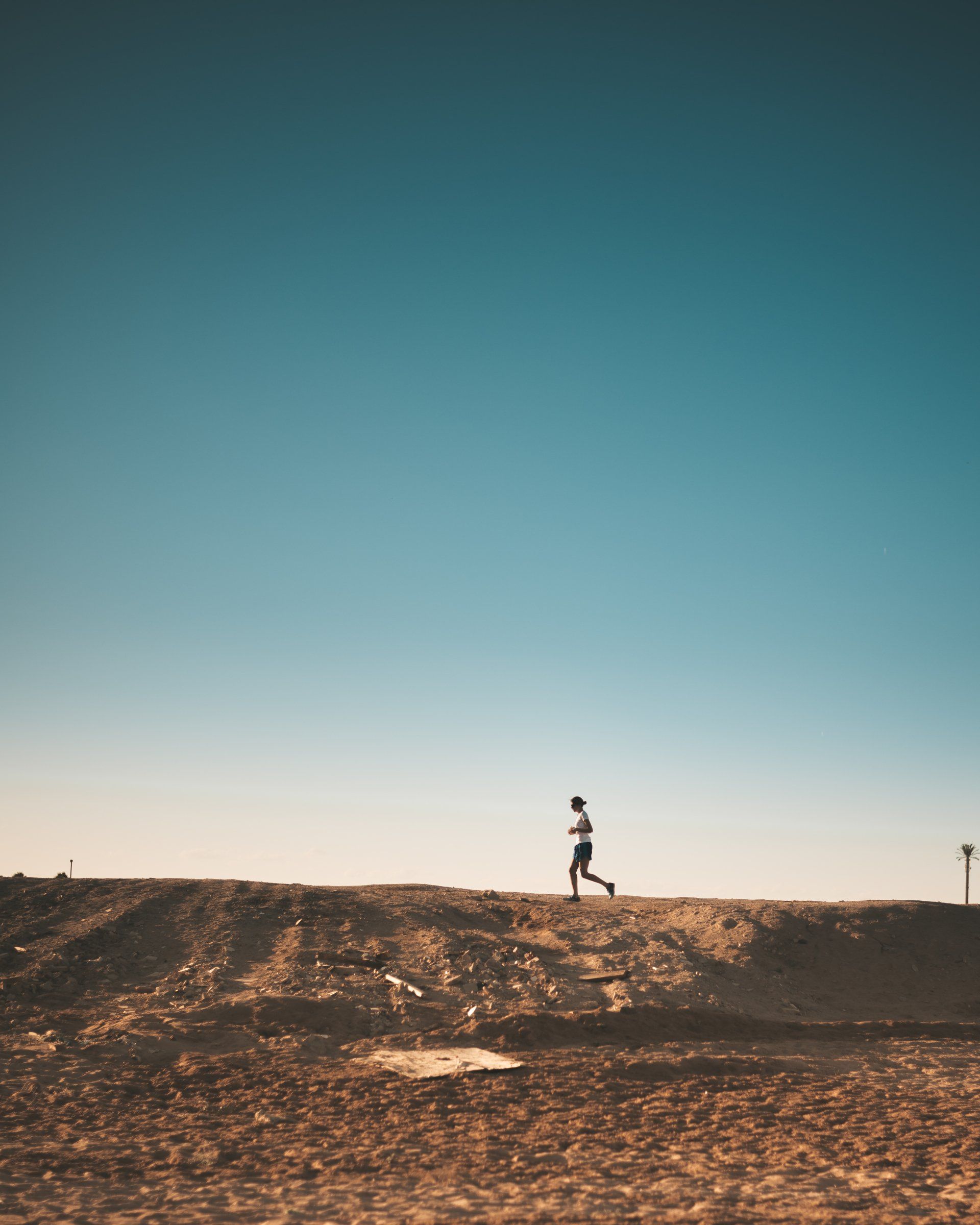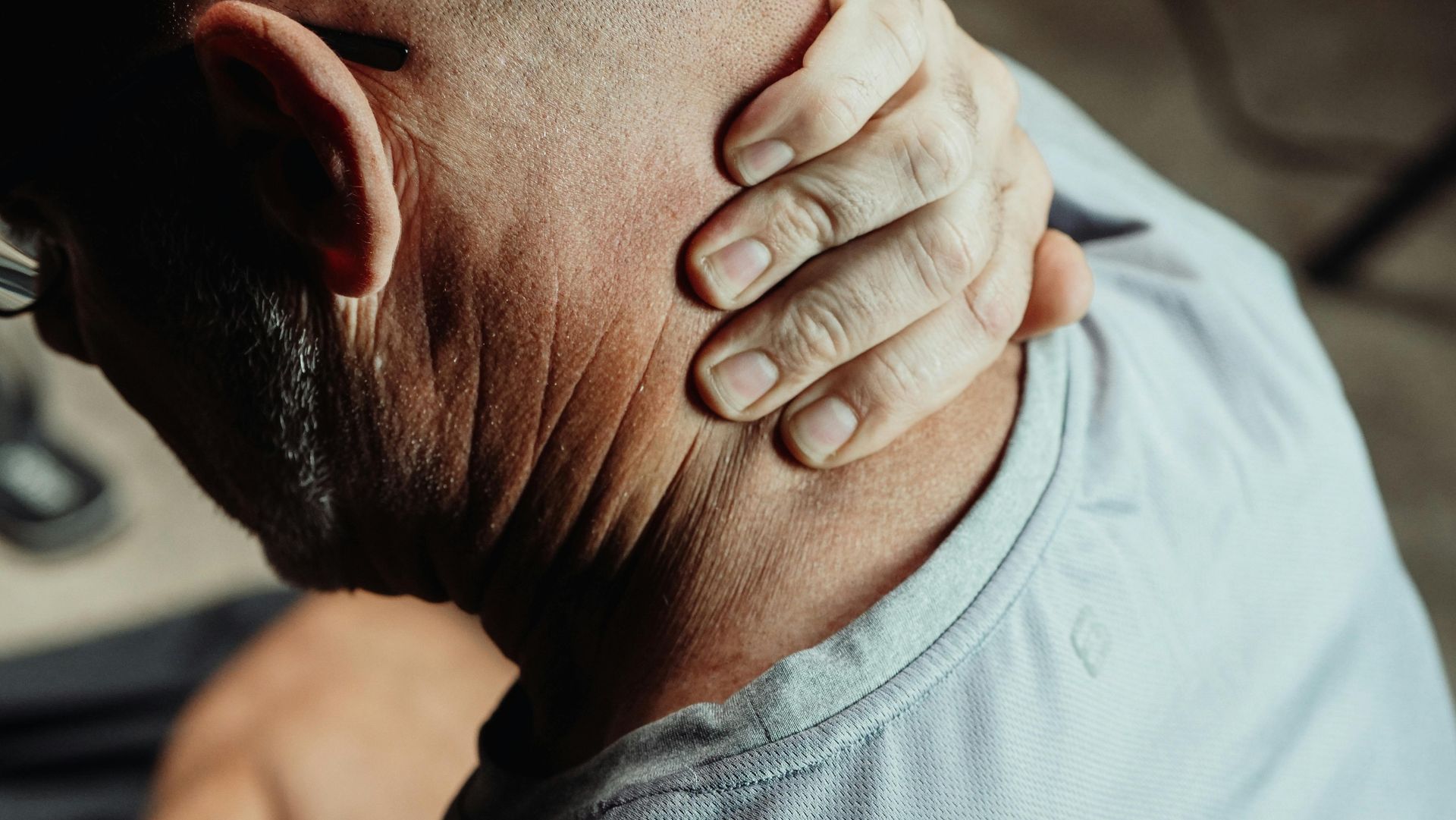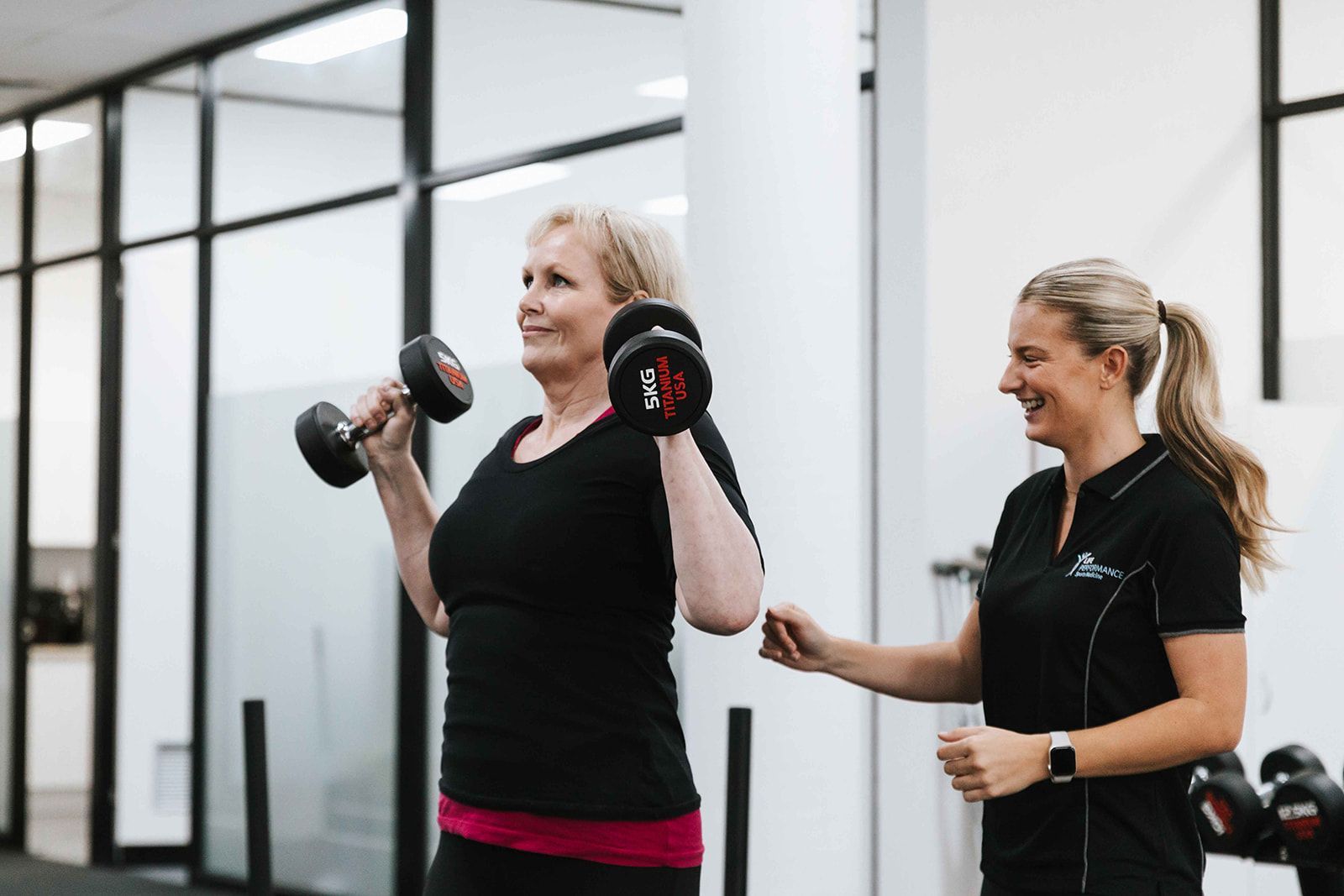Your Achilles Heel!
5 Common myths of Achilles Tendinitis
1.My tendon is inflamed, medical treatment will fix it.
There are various schools of thought surrounding the direct pathology associated with Achilles tendon pain. What we previously thought of as an inflammatory problem, Achilles pain has now been classified as more of a cellular / structural process, with the absence of classically defined ‘inflammation’. Hence the term ‘tendinopathy’ has superseded ‘tendinitis. It is for this reason that the majority of medical treatments including anti-inflammatory medications, injections & surgery have limited benefit in treating the root cause of Achilles tendinopathy.
2. Rest will heal the tendon.
We have some fantastic tendon researchers in Australia - Their mantra echoes – “Once a tendon, always a tendon”!
Tendinopathy is a slow process to change and often can be present for long periods of time.
What we see when someone rests their tendinopathy, is the pain settles dramatically. However the tendon then behaves like a dormant seed in the earth just waiting to sprout!
As soon as we load the ‘once painful’ tendon again with high intensity actions – long walks, running, jumping - the sprouting tendon awakens and the PAIN IS BACK!
3. Pain with exercise is bad – Avoid at all costs!
Our understanding of pain has progressed remarkably over recent times. Pain is a complex process designed to protect us from harm. There are multiple inputs that coordinate a pain experience and include signals from damaged tissues - i.e. a grumpy Achilles Tendon, inputs from the brain – past experiences, beliefs, fears, mood, attitudes and contextual factors- such as socio-economic status.
The jury is still out on what is the exact driver of pain inside a tendon.
Take home - Typically with rehab of long term Achilles pain – exercising with a score of 3/10 pain is ok, provided that the pain settles the next morning.
If you suffer a more acute onset/ highly irritable tendinopathy, your Errol Street Sports Physiotherapist might prescribe a short period away from the provocative activity.
4. Scans tell us everything about a tendon.
While it is common for people to experience pain in one Achilles tendon, science tells us that ultrasound imaging often finds ‘Visible tendon structure changes’ in both sides (1). If we are seeing similar changes in both Achilles tendons, but only one tendon is experiencing pain, it leads us to believe that maybe these visible changes on the scan aren’t as related to pain as we once thought.
Take home - Imaging will not alter our management of long term tendinitis / tendinopathy.
5.Orthotics will fix my Achilles.
Based off the current evidence and expert opinion, the use of orthotics is not a suitable first line of defence against Achilles tendinopathy (Read more: https://www.tendinopathyrehab.com/blog/tendinopathy-updates/is-achilles-tendon-blood-flow-related-to-foot-pronation). Orthotics are generally prescribed to control pronation, which is a normal human movement. Some people over pronate which may cause a ‘whipping effect’ of the Achilles tendon, however there is limited evidence to suggest this will cause the tendon to become overloaded or painful.
Take home - Foot mechanics and orthotic support might be an adjunct to a rehab program in some cases – But definitely not somewhere that we start in Achilles rehab!
So what IS required to get your tendon back to pain free, full function?
Put simply, a Graduated and Progressive LOADING program!
Watch here for some more advice on how to prevent Achilles Tendon pain.
https://www.youtube.com/watch?v=iJkZhcxe7Eo&ab_channel=ErrolStreetSpinal%26SportsPhysiotherapy
Reference:
1. Docking SI, Rosengarten SD, Daffy J, Cook J. Structural integrity is decreased in both Achilles tendons in people with unilateral Achilles tendinopathy. J Sci Med Sport. 2015 Jul;18(4):383-7. doi: 10.1016/j.jsams.2014.06.004. Epub 2014 Jun 20. PMID: 25024134.
2. https://www.tendinopathyrehab.com/blog/tendinopathy-updates/is-achilles-tendon-blood-flow-related-to-foot-pronation.
